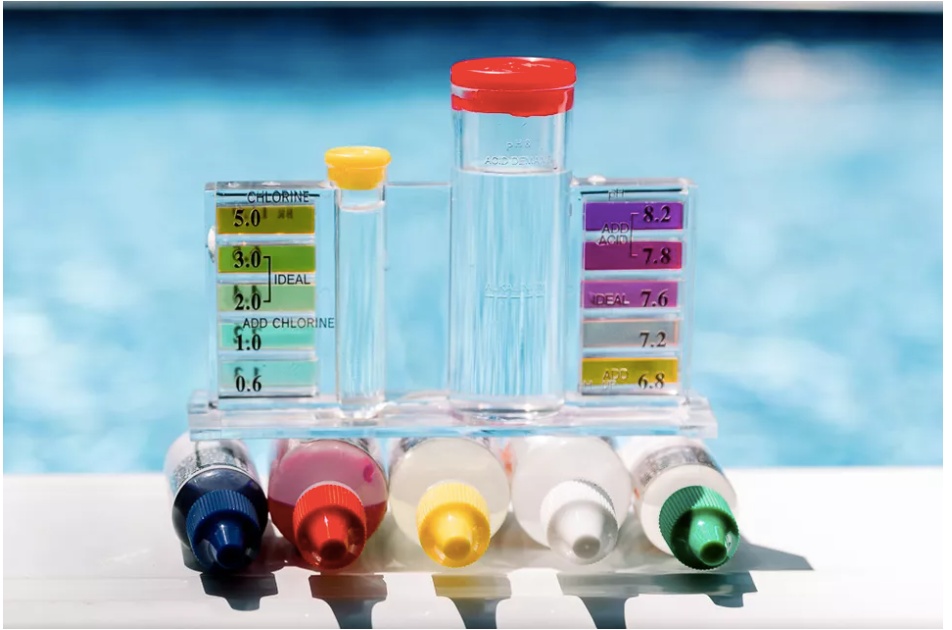If you just moved house or if you had construction in your area, the quality of your water may have been affected. Floods can also impact water quality, and by the time you notice something is off, it may be too late. So, as soon as something changes in your area, check the quality of your water. Here is how you can do that at home!
Clarity
The first thing you should be looking at is clarity. See how transparent the water is when it comes out of the tap by outing it in a glass jar or well, glass. Check if it has a milky look, but also if there is any solid residue like sand once it settles a bit. Water eStore has more information on how you can look at the clarity of your tap water, and they also carry some great solutions for a quick fix: water filters! You might notice something is off about your water if you take a bath and before putting in any products, the water is strangely opaque. No bathtub should look any murkier than a clear mountain spring!
Check the PH
The next thing you can look at with simple equipment is PH. There are kits that allow you to do that, and although they are marketed for pools, they can be used on your tap water without issues. If the PH is too high or too low, the water can damage your pipes and your skin, and it is not safe for long-term consumption. Besides, water should have a neutral PH of about 7.5, and any change in that is a sign something else is wrong. It may be as simple as groundwater being more alkaline and prone to limescale, or as complicated as a chemical leak somewhere up the line.

Chlorine content
Water providers use chlorine to destroy bacteria that travels through water. Too high of a chlorine content can mean they know there has been a breach and they are trying to keep the water safe for consumption by increasing the dose. However, too much chlorine can be harmful to your health, especially if you have small children, and you should keep an eye on those levels. The same stores that sell PH tests should also sell chlorine tests, as they are used in pools. The fix for too high chlorine content is a water filter, either a house-wide one or a tabletop one used for drinking water only.
Smell and taste test
A way you can figure out something might be rotten in the state of your pipes is if you notice a strange smell or a different taste in your water. Common smells include sewage and chlorine, while the most common taste is metallic. All of these point to pipe issues you may have and at this point, you need to stop using the water and get it tested. Avoid washing yourself or your food in water that has a strong smell, and do not use overly chlorinated water for cooking, as the chlorine will be absorbed in your food.
Get it in for testing
Even if you have to send samples to a lab and wait for the results, this still counts as an “at home” measure because you are testing your water and yours alone. Look for certified labs in your area that can do quality tests and ask them for advice over the phone. Follow their instructions when it comes to collecting water for a sample and sending it. Ask for bacterial tests, as well as nitrates and other chemicals, just to cover all grounds.
Until you get the results, avoid using the water and instead, use bottled water to cook. Small children are particularly vulnerable, so either boil and cool water to wash them, or use bottled water for that too. It may be a little more costly, but it saves you money in hospital bills.
Wrapping up
If you have checked the quality of your water and any of the tests you did came back less than satisfactory, announce the local authorities and wait for them to respond. It shouldn’t take too long, but if it does, skip their help and take matters into your own hands. Install a filter and disinfectant (UV filters work great for that) and save yourself the worry.
